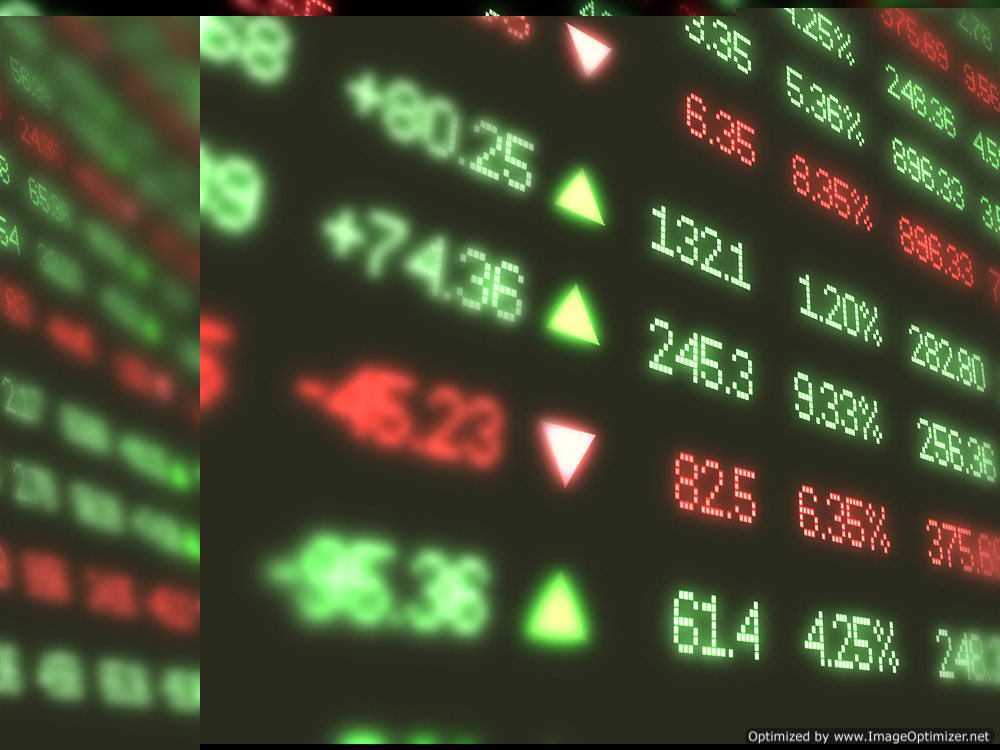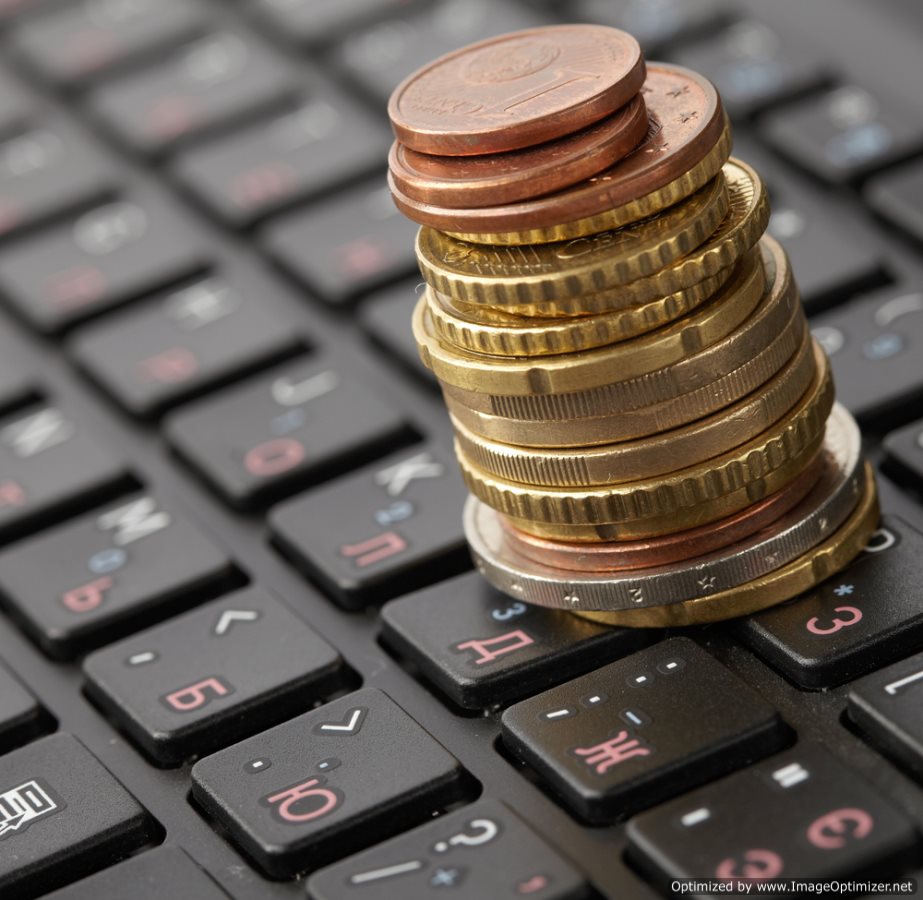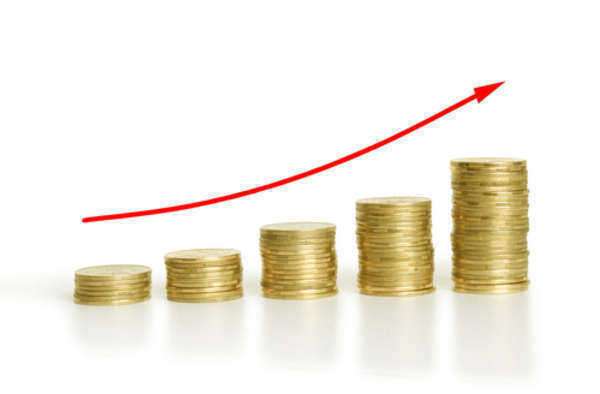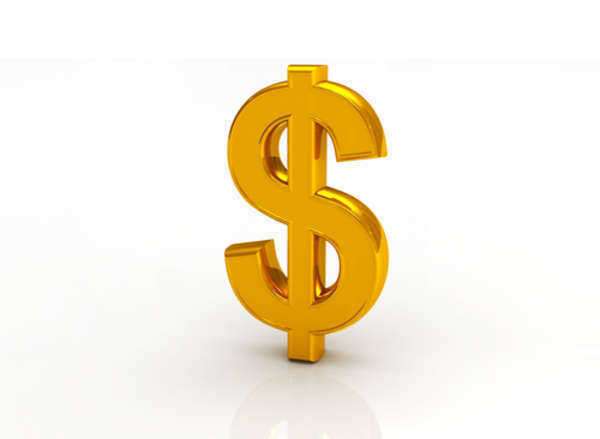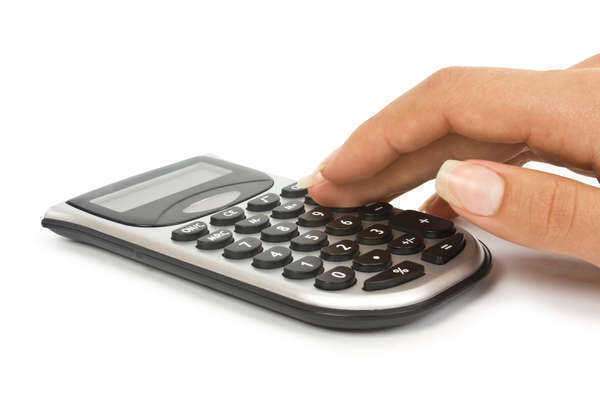
Using the loan calculator is a very simple process that allows you to estimate what your loan amounts will be without contacting a lender or viewing various loan websites. Loan calculators have helped many people seeking
loans to narrow down their search and determine what loans will be best for them. Many different types of loan calculators are available, however many times people need only a basic loan calculator in order to see what estimated payments will be for a certain type of loan or how long the loan will take to be paid.
A loan can be any type of debt which needs to be paid off. Informal loans, from family and friends, occur all the time. However, many banks and lenders are in the
business of providing loans to customers who cannot afford things right away, but can instead spread the payments out over a period of time. These banks and lenders make money from charging interest from the loans, which is calculated as a percentage of the total amount.
Some loans have compounding interest, which means the interest will be calculated every year and interest on unpaid interest will be charged. Other loans do not have compounding interest, which means they only charge interest from the principal, which is the original amount taken in the loan.
Most loans require a security which the lender will hold in case the loan goes unpaid and is in default. Most lenders, for items such as cars and homes, retain a legal right to repossess the
property should the loan go into default. These secured loans often have much lower interest rates, as the lender can always just take back the item in order to fulfill the loan amounts.
Some loans are unsecured, which means the lender retains no right to repossess property should the loan go into default. These types of loans are typically used in student loans or personal loans. The interest rates on these loans will typically be significantly higher.
Loan calculators can be used for determining numerous types of loans. Use a loan calculator for the following:
–
Auto, boat, and motorcycle loans.
– Lease payments on a vehicle.
– Student loans and financial aid for college and universities.
– Business loans.
– Personal loans.
Enter the data as it is asked for on the loan calculator screen. You will need to include the following:
– Principal Amount
– Interest Rate
– Payment Period
– Term/Length of Loan
– Payment Amount
– First Payment Date
Once you have entered each value, select the calculate button. You can reset your entered information at any time by pressing the reset button, or you can change each individual box at any point during the process. Once you finalize all of the numbers and press the calculate button, all available loan information will become available to you. You may print this information, save it to your computer, or go back and change the values in order to see the effects they have on your loan information.
Below are the definitions of each area of data which needs to be put in the loan calculator. Better understanding each term can help you modify your loan information to get you the best loan that fits your needs.
1. Purchase Price – The purchase price is the total sale amount of the item you are financing. If you are unsure of the actual final purchase price, enter your best estimate into the loan calculator.
2. Down Payment – The down payment is the upfront payment on the item you are purchasing. Not all loans require a down payment, however many lenders will only give a loan if a certain percentage of the total purchase price is paid upfront (for example, for a home loan, this is generally 20% of the purchase price)
3. Sales Tax – If the item purchased is subject to sales tax in your state, you should enter the sales tax that will be added to your final purchase price. If you are unsure, check online to determine if your item is subject to the sales tax and the rate in which the sales tax will be calculated. Most states will require a sales tax on items such as cars, boats, personal items, and other similar items, and the rate usually ranges between 5% and 8%.
4. Yearly Interest Rate – The yearly interest rate is the percentage of the total loan that will be turned into interest that must be paid to the lender. The yearly interest rate can also be referred to as the APR (Annual Percent Rate), APY (Annual Percent Yield), or just as the interest rate. If you are using loan calculators to determine the yearly interest rate, leave this field blank and the calculator will tell you what the rate will be considering the other amounts entered in the other boxes.
5. Payment Period
– This will determine how often you will make repayments on your item. You can choose between paying monthly (30 day payments), annually (one payment every year), quarterly (payment every 3 months), semi-monthly (payment every 15 days), bi-weekly (payment every 14 days), and weekly (one payment per week). You may also select a custom payment period on the loan calculator.
– Typically, most lenders require a monthly payment on their loan. However, you may occasionally find bi-monthly payment plans or quarterly payment plans, depending on the type of loan and your credit history.
– The payment period must be used along with the proper length of loan. Typically, the length of loan will highly depend on the type of loan taken.
Car loans are typically between 4 and 6 years in length. Home loans are typically much longer, with the standard repayment 15 or 30 years.
6. Length of Loan (Term) – The length of the loan is the overall length of time it will take to pay off your loan. You can enter any amount of time in which to pay your loan. If you are using the loan calculator to determine you length of loan, leave this field blank and the loan calculator will tell you how long it will take to pay your loan considering the loan amount, interest rate, and payment terms.
7. Payment Amount – The payment amount is how much each payment will be on your loan. Typically, this is what most people want to find out when using loan calculators, as this is the payment you will be responsible every payment period. Leave this area blank in order for the loan calculator to tell you what your payment amounts will be. Note that you must enter a length of loan, interest rate, and loan amount in order to get your payment amount.
8. First Payment Date – The first payment date is when you will first start making payments. The loan calculator does not require this information in order to perform its basic functions, however entering a first payment date will provide you with a more accurate description of when your overall payments will end and the loan will be fully paid off.
Note:
– Loan calculators for mortgage loans may provide slightly different information than a standard loan calculator. This is because taxes,
insurance, and PMI must all be calculated into the total price of purchasing a home, which are often much more significant amounts than for smaller personal and business loans. Indicate on the loan calculator if you are attempting to figure out mortgage loan information or you can use one of our other loan calculators geared towards home mortgage payments.
– Payment Amortization – Amortization is a map that details every payment that will be made during the life of a loan and exactly when those payments will be due. They spread the payments out according to the length of the loan and detail each payment according to the payment period. This can be a valuable tool in showing exactly how your loan will be paid off and how often you will need to make your payments. It provides a good visual for those who have trouble envisioning exactly what their loan payments will look like over an extended period of time.
– While the loan calculator can usually provide accurate numbers to determine your loan obligations, you should always consult with the lender about the terms of your repayment. The online loan calculators should only be used to provide you with a general framework of how your loan will look and your estimated monthly or quarterly payments.
– Many lenders also require additional fees and expenses, which cannot be put into the loan calculator. Therefore, you should always expect a slightly higher loan amount than the purchase price. Contact your lender or lenders you are considering to determine what their fees and expenses may be. Do not agree to any loan in which fees and expenses are brought to your attention right before signing, as you should be given these amounts well in advance to consider whether you can pay this loan within your budget.
Tax Issues
The following are the generally accepted guidelines concerning loans and income tax in the United States. If you have concerns about the tax implications on your loans, consult with a tax professional or further explore the tax
laws using legal resources available online.
1. A loan is not gross income for the borrower. Because the borrower is under obligation to repay the loan, it is not considered taxable income despite the transfer of funds.
2. A lender may not deduct the loan amount from their gross income. Just as a loan is not considered income, it also cannot be used as a deduction when it is given.
3. Any amounts paid to satisfy the loan are not deductible by the borrower and is not considered income to the lender.
4. The interest paid on a loan is considered income for the lender. This is money made off the loaning the money, so it is therefore listed as gross income.
5. Likewise, a borrower can deduct the expenses of interest payments, however this generally only applies to loans taken for business purposes. Personal loans generally are not deductible, unless special rules apply. (Student loans and home mortgages are examples of loans that are given special tax treatment).




